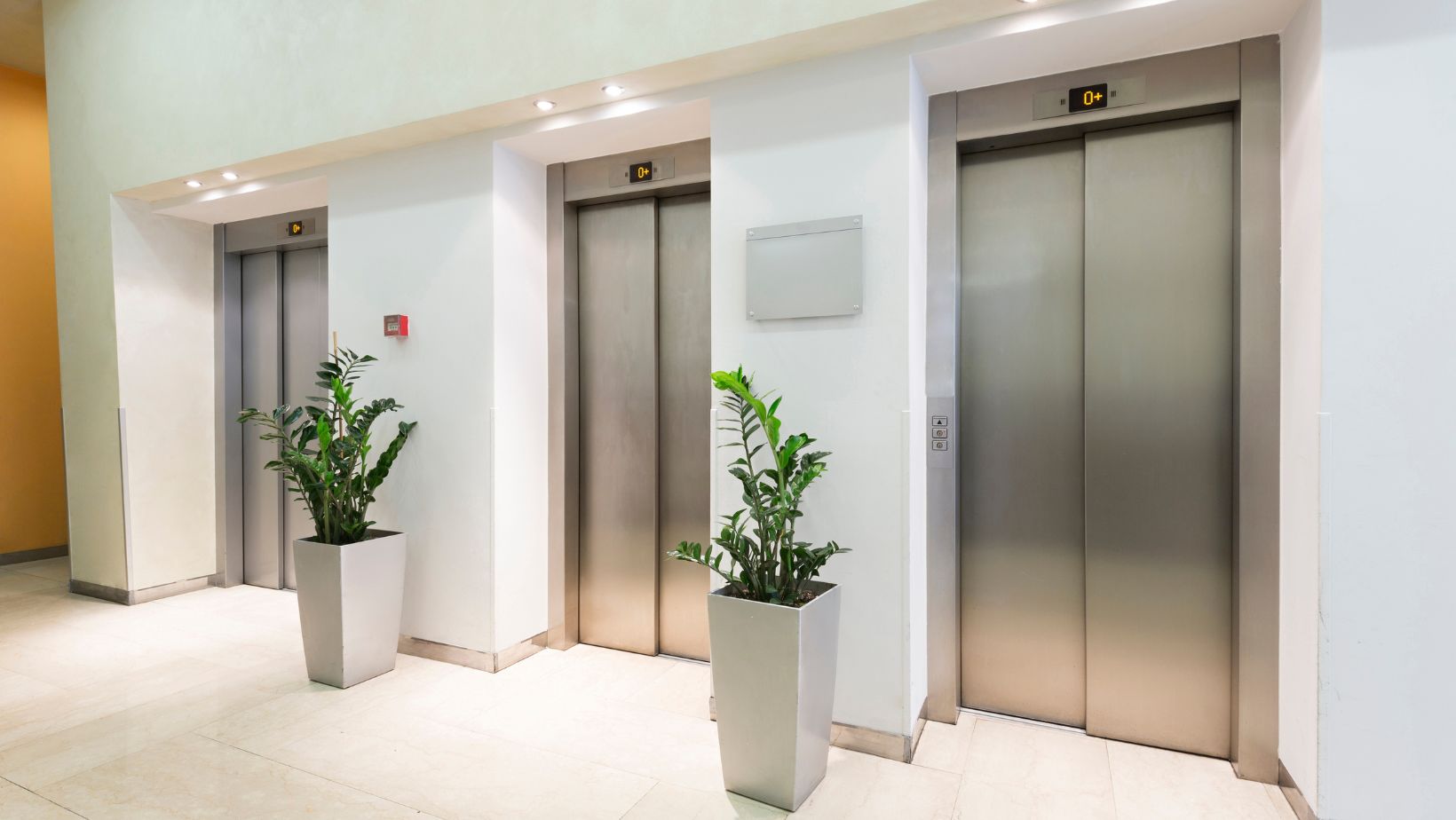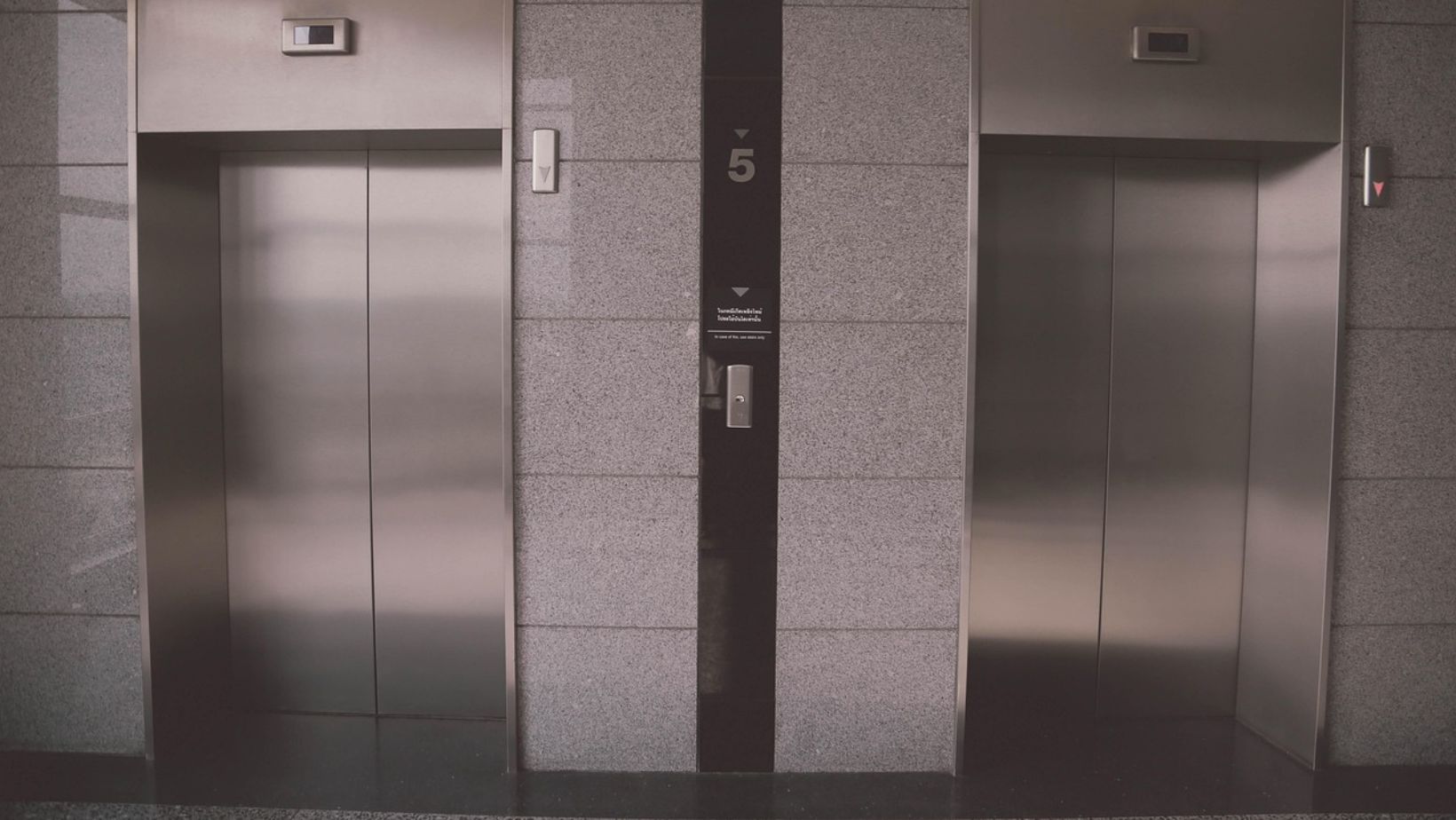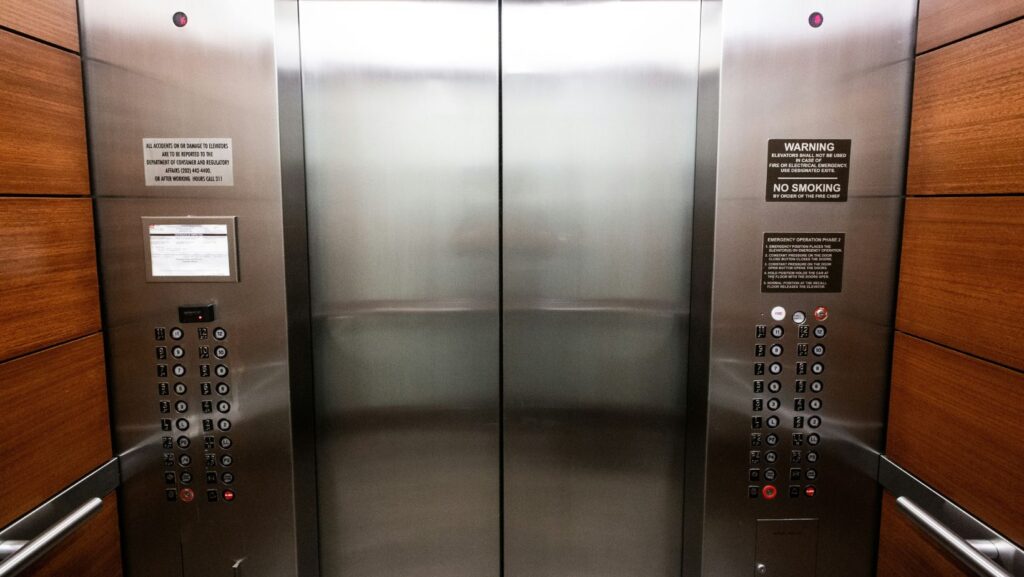Elevator systems are a crucial part of modern commercial buildings, ensuring smooth vertical transportation for occupants and goods. Managing elevator projects, whether it’s installation, modernization, or ongoing maintenance, can be complex and time-consuming. In an industry where time is money and precision is paramount, technology has emerged as a game-changer. A variety of advanced tech solutions are available to streamline the process, cut costs, and improve overall efficiency in elevator projects. From design and planning to installation and upkeep, integrating these innovations can significantly boost productivity and reduce errors.
Elevator Modernization
As buildings age, their elevator systems may become outdated, leading to increased maintenance costs, slower performance, and potential safety risks. Modernizing an elevator can involve updating key components such as the control system, drive mechanism, lighting, and cabin finishes. Elevator modernization is a vital process for improving the efficiency and safety of aging elevator systems, helping property owners increase the performance of their buildings while reducing long-term maintenance costs. This not only increases the user experience but also ensures compliance with the latest safety regulations, all while extending the life of the elevator system.
IoT and Remote Monitoring
The Internet of Things (IoT) has expanded far beyond smart homes, now becoming an important part of the commercial elevator industry. IoT sensors installed within elevator systems allow for continuous remote monitoring of elevator performance, alerting you to potential issues before they become major problems. This proactive maintenance approach is one of the best ways to make sure elevator systems are running smoothly and efficiently throughout the life of the building. By utilizing IoT-enabled monitoring, you can access real-time data on various elevator metrics, including speed, usage, and power consumption. This data provides insights into when maintenance is due or when a system is running inefficiently, potentially reducing downtime.
Virtual Reality (VR) for Design and Training
Virtual Reality (VR) is being used to design and test elevator systems before physical installation begins. By immersing yourself in a virtual environment, you can visualize the elevator in its designated space, enabling you to make adjustments before committing to the final design.

This can be useful in complex commercial projects where space constraints or unusual architectural elements may affect elevator placement. VR can also increase training for technicians and maintenance staff. Simulating real-life scenarios, technicians can learn to troubleshoot or perform maintenance tasks in a controlled virtual environment without the risk of damaging expensive equipment.
Drones for Site Surveys and Inspections
Drones are increasingly being used in commercial elevator projects for site surveys and inspections. These aerial devices can quickly gather accurate measurements and images of construction sites, which can then be used for planning and design purposes. Drones reduce the time and cost associated with traditional survey methods, as they can cover large areas in a fraction of the time it would take a team of workers. Drones also allow for more precise inspections of elevator shafts, rooftops, and other hard-to-reach areas. By flying drones into spaces that would be difficult or dangerous for humans to access, you can obtain high-resolution images and data, making sure that no detail is overlooked.
Digital Twin Technology
Digital Twin technology is another advanced solution that can significantly increase efficiency in commercial elevator projects. A digital twin is a virtual replica of a physical asset, in this case, the elevator system. By using data from IoT sensors and other sources, the digital twin mirrors the real-world condition of the elevator, allowing you to monitor its performance in real time. This technology provides a comprehensive view of the elevator’s operation, enabling you to track system health, predict failures, and optimize the maintenance schedule. The digital twin also acts as a diagnostic tool, allowing you to troubleshoot issues remotely before sending technicians to the site.
Artificial Intelligence (AI) for Predictive Maintenance
Artificial Intelligence (AI) is transforming the way elevator systems are maintained. With AI, elevators can learn their operating patterns and predict when components are likely to fail based on historical data and machine learning algorithms. By incorporating AI into your elevator systems, you can implement predictive maintenance, which means you can perform maintenance on parts before they break down, preventing costly downtime and repairs. This technology can also optimize the efficiency of elevator usage. AI can analyze traffic patterns within buildings and adjust the elevator’s operational strategy accordingly.

Incorporating the latest tech solutions into your commercial elevator projects is no longer a luxury but a necessity. Technologies like Building Information Modeling (BIM), IoT for remote monitoring, and Artificial Intelligence for predictive maintenance are transforming the way elevator systems are managed, making them more efficient and cost-effective. The integration of advanced tools such as drones for inspections and Virtual Reality for training increases project execution and safety. By adopting these technologies; you’re not only improving the overall performance of the elevator system but also ensuring long-term sustainability and reliability.
